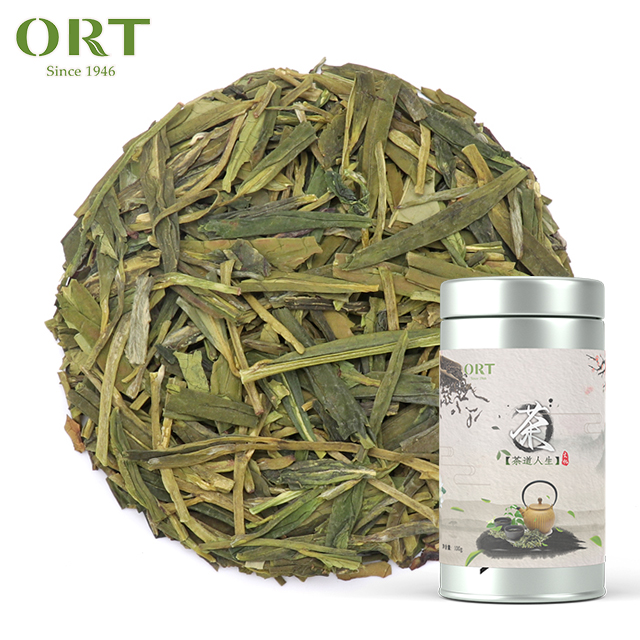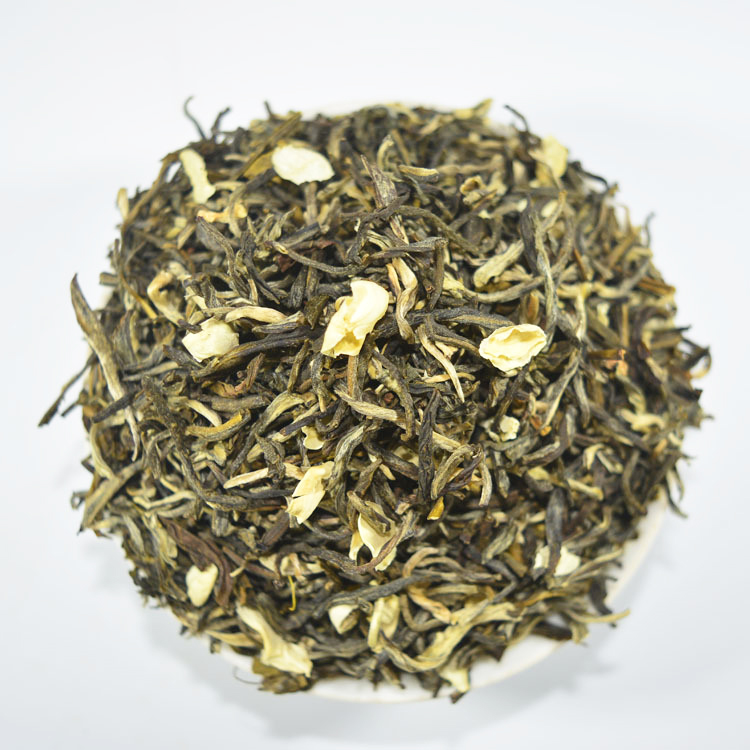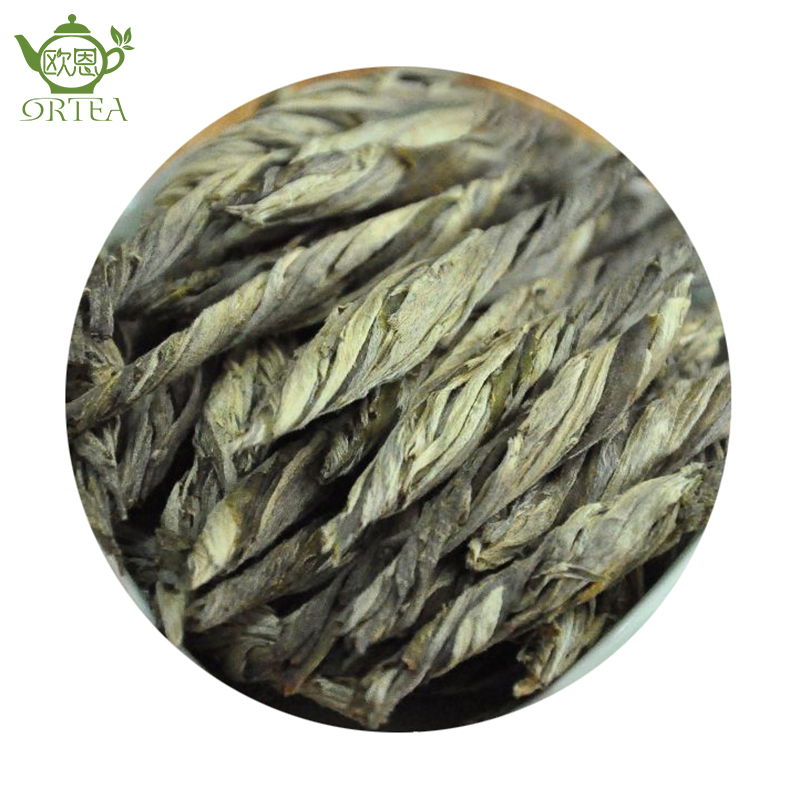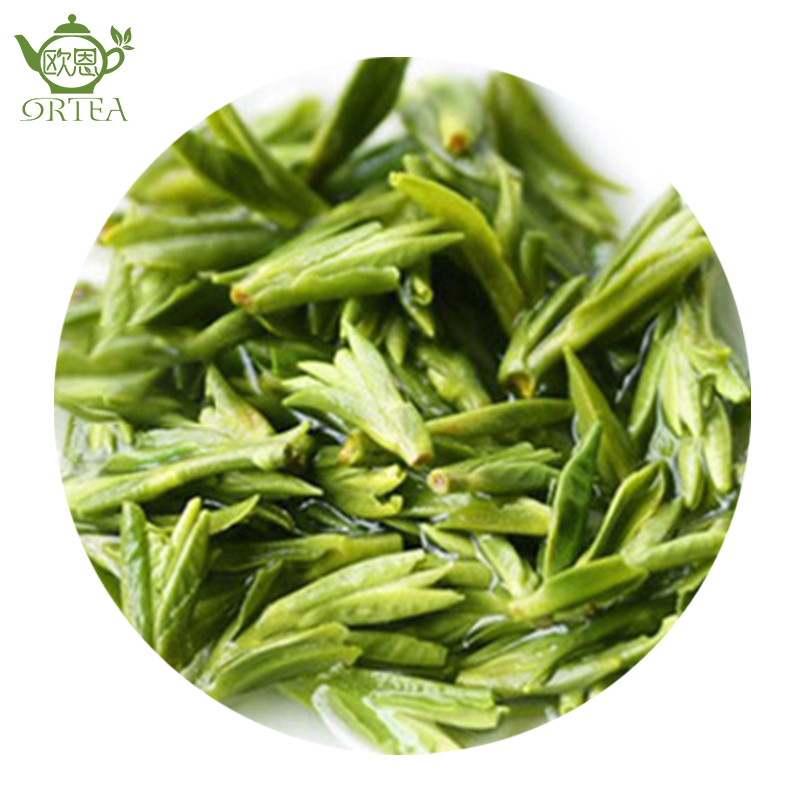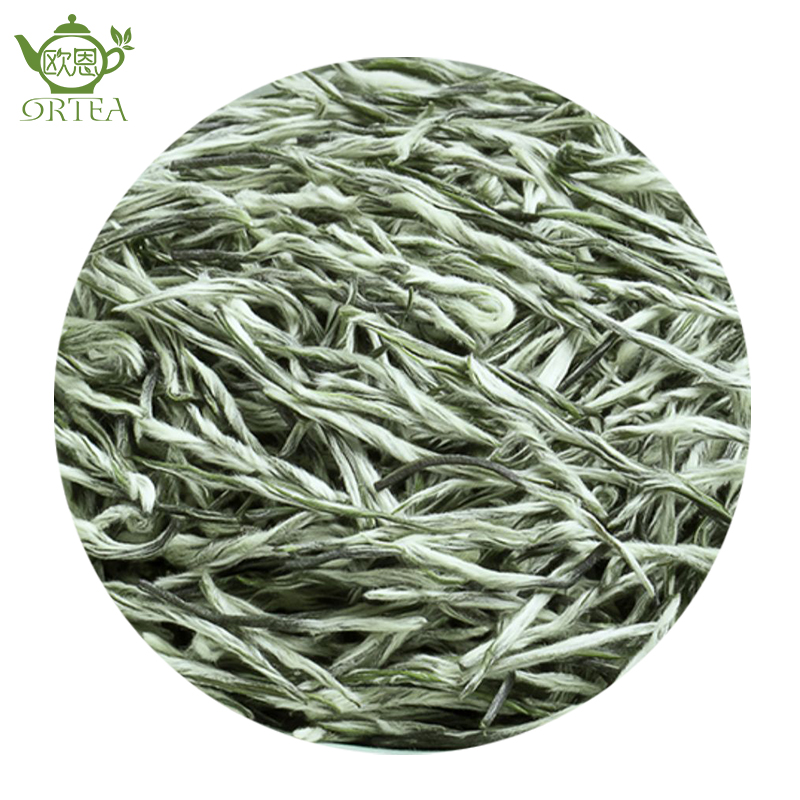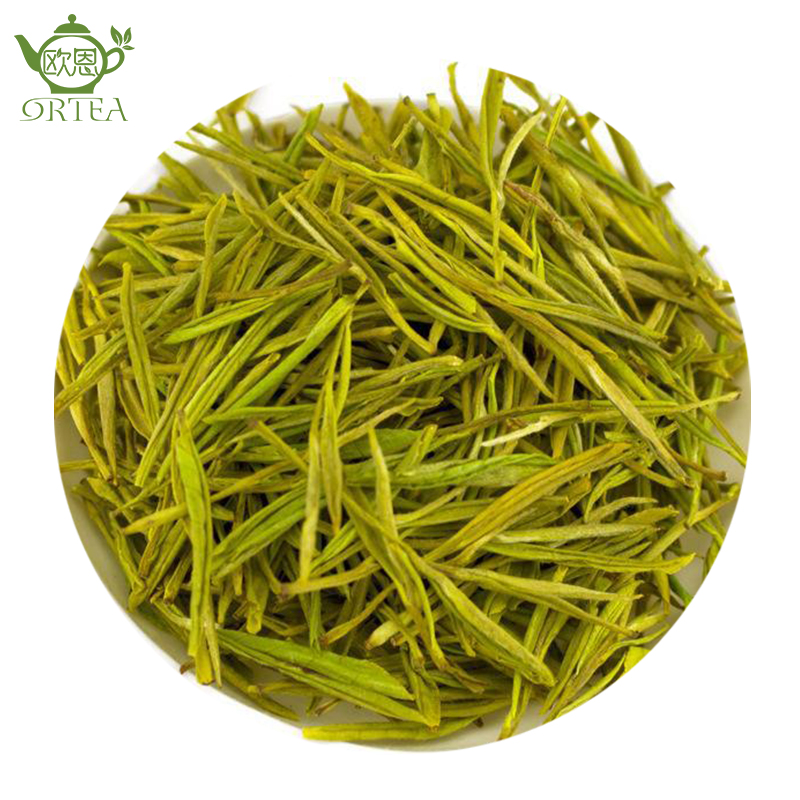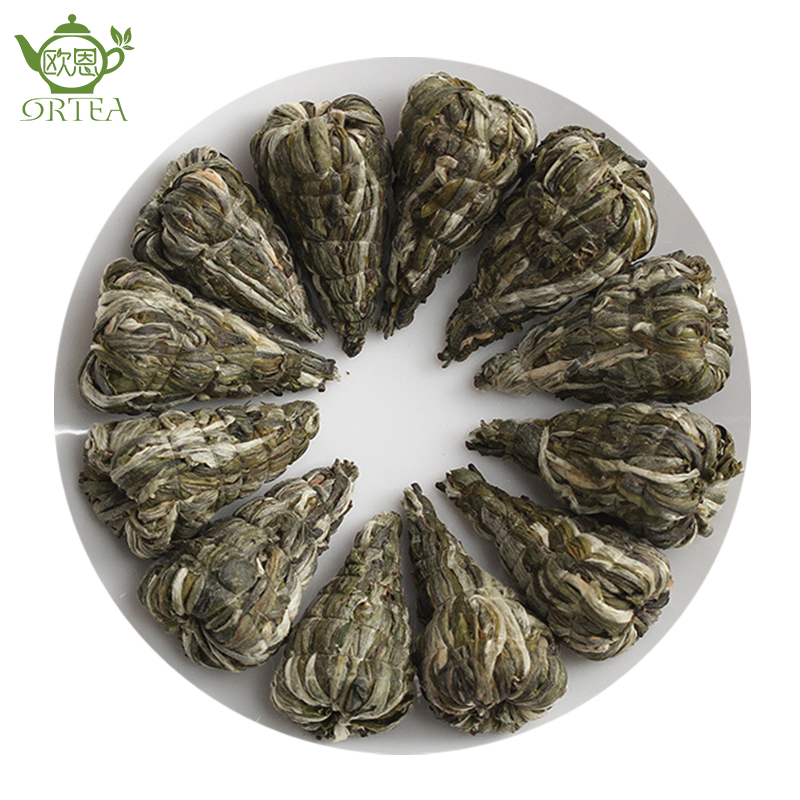West Lake Long Jing / Xi Hu Long Jing/ Dragon Well Green Tea
| Origin | Xihu,China |
| Altitude | 500M above sea |
| Process | Plucking--Spreading-Fixation-Shaping-Pan firing--Screening-Packing |
| Harvest Time | Spring |
| Dried Leaves |
Greenish, whole flat and neat leaves with sharp edge |
| Infusion | A bright pale green |
| Taste | Fresh, floral and mellow with a sweet aftertaste |
| Aroma | Fried bean aroma |
| Brewed Tea Leaves | One bud with two tender leaves in pale green color |
| Shelf Life | Two Years,Store in cool, dry place away from sunlight; keep ventilate |
Xi Hu Longjing green tea, sometimes called by its literal translated name West Lake Dragon Well tea, is a variety of pan-roasted green tea from the area of Longjing Village in Hangzhou, Zhejiang Province, China. It is produced mostly by hand and renowned for its high quality, earning it the China Famous Tea title.
This is a wonderful tea that is world famous for its high quality, its unique flat leaf shape and a brew that is unlike any other green tea. The tea leaves are picked and hand processed in early spring when the mountains are still shrouded in mist. Its narrow and flat leaves produce a soothing aroma when brewed. The tea has a slight hint of chestnut flavor and has a thin, delicate appearance with a golden sheen.
When steeped, the tea produces a yellow-green color and tastes delicate and rich. The pale green infusion is lightly sweet, tremendously fragrant and smooth in texture. The tea contains vitamin C, amino acids, and, like most finer Chinese green teas, has one of the highest concentrations of catechins among teas. It is the perfect beverage if you are an experienced tea drinker or if you are taking your first steps in the world of Chinese green teas.
Product Details
1.The shape is flat and even, with yellow and green color combined on the tea leaf, made of of one bud and two leaves, this Long Jing tea is of good tenderness.
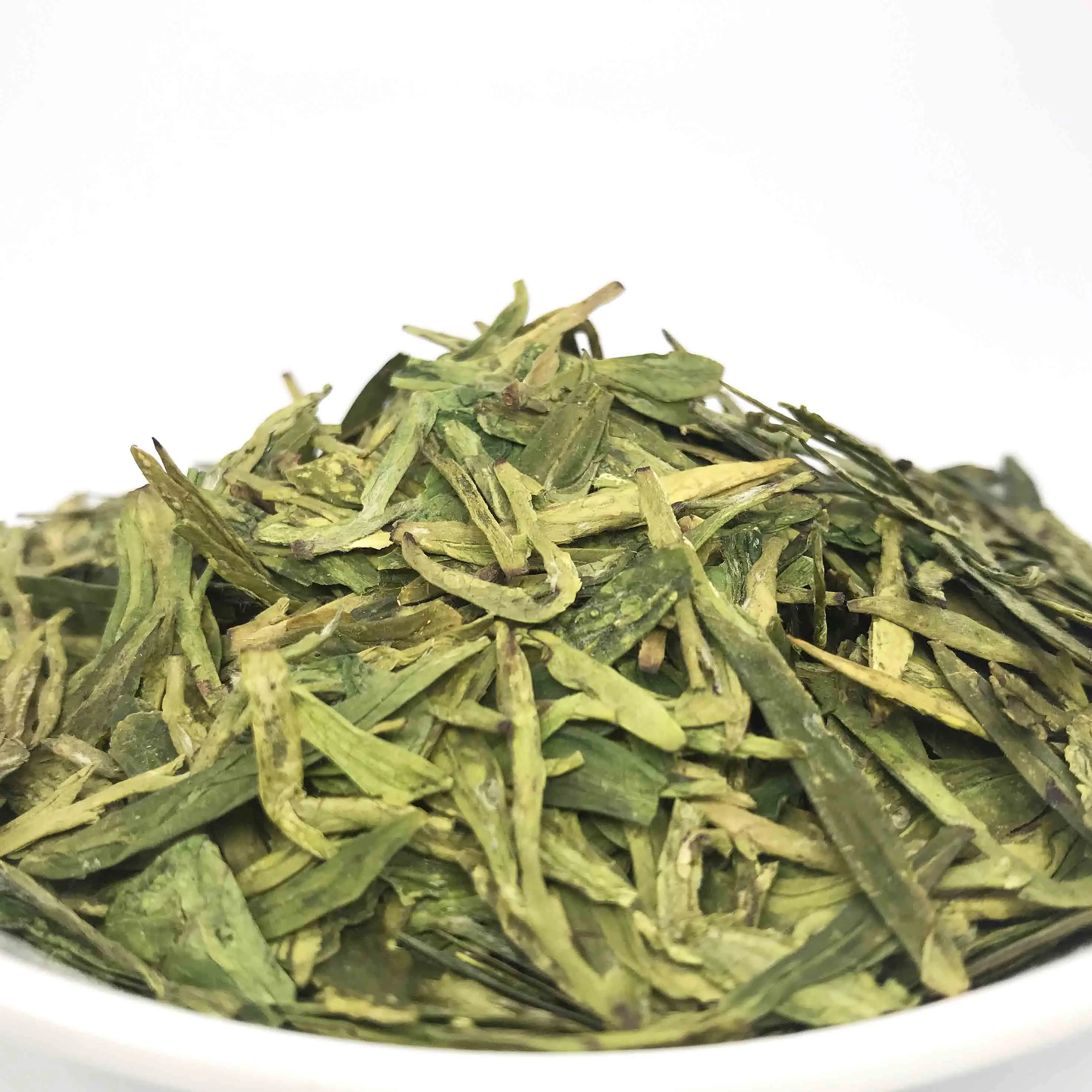
2.The infusion is yellow-green, bright and clear, the taste is sweet, and the aroma of fried beans is strong
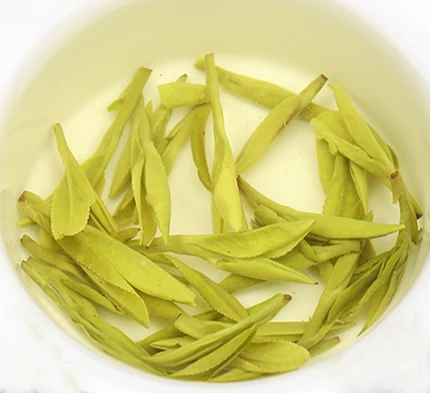
3The boiled tea buds and leaves are complete, tender and soft
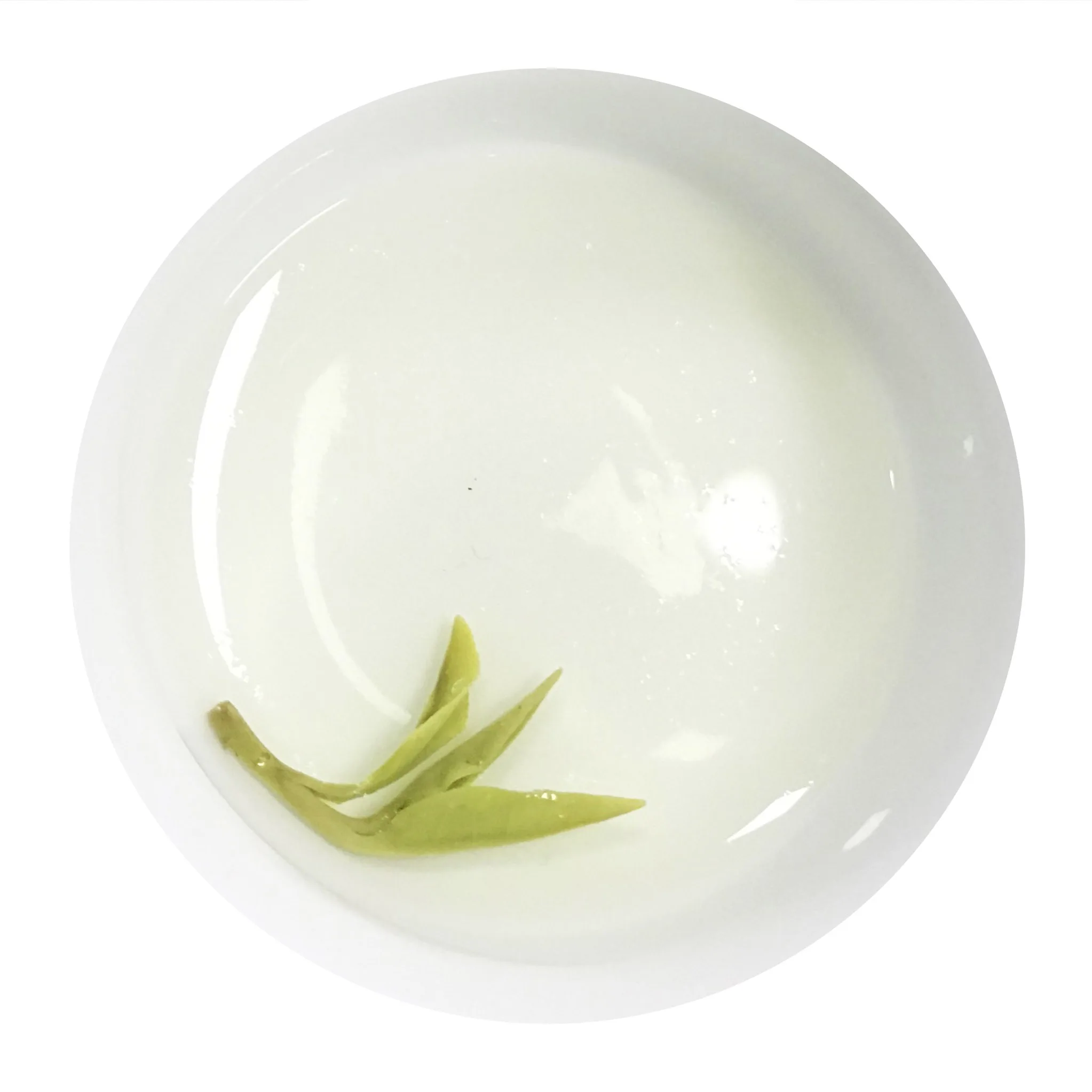
There are several grades of Longjing Dragon Well green tea from our tea plantation.
Which grade do you prefer?


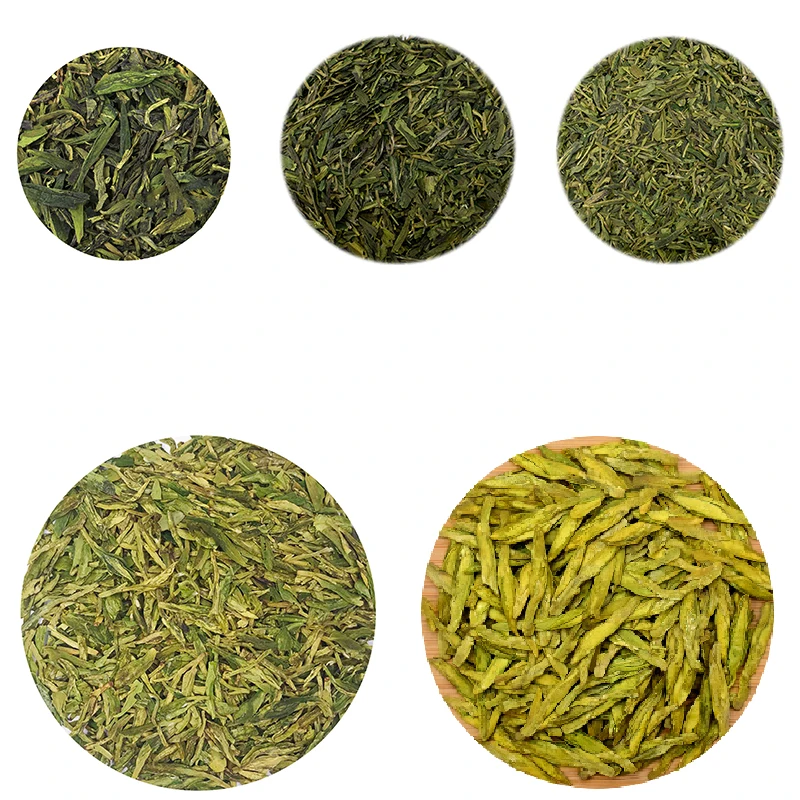
Fresh From Origin
Good tea comes from core producing areas
Longjing tea is picked from the high mountain tea plantation in Zhejiang, where the climate is mild, with rain and fog entwined.
The rainfall is abundant, the land is fertilizing, with rich inner quality. The surrounding mountains overlap with lush forests, and the terrain is high in the north and low in the south, which can block the northern cold current and keep the southern warm current.
The special land environment condensed into clouds and mist all year round over the tea area, with good geographical environment and high-quality water sources,
It provides unique natural growth conditions for tea production.
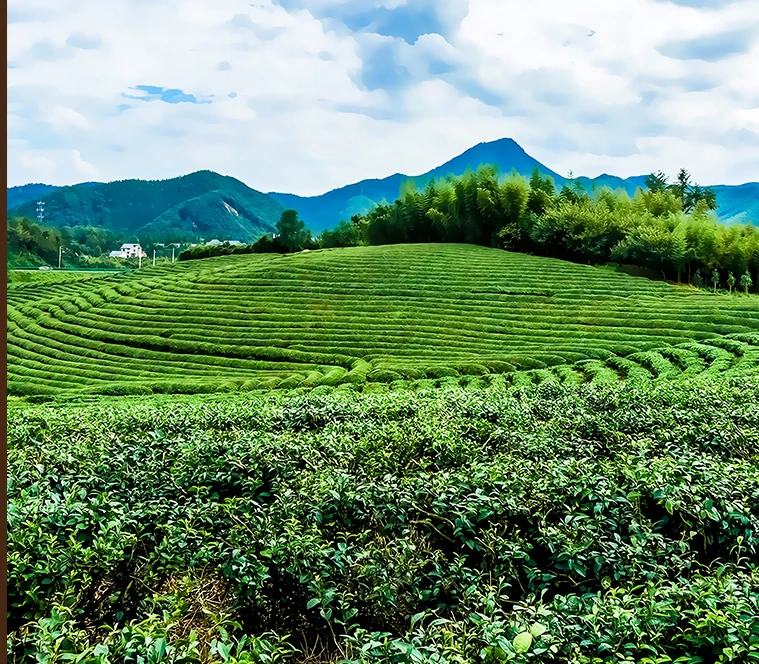
Freshly picked sprouts before Ming Dynasty
Our picking standard is one bud and two leaves,
The second leaves are leftovers, and the extra tea leaves is not allowed
According to this strict picking standard,
The annual output of Long Jing tea is still relatively small.
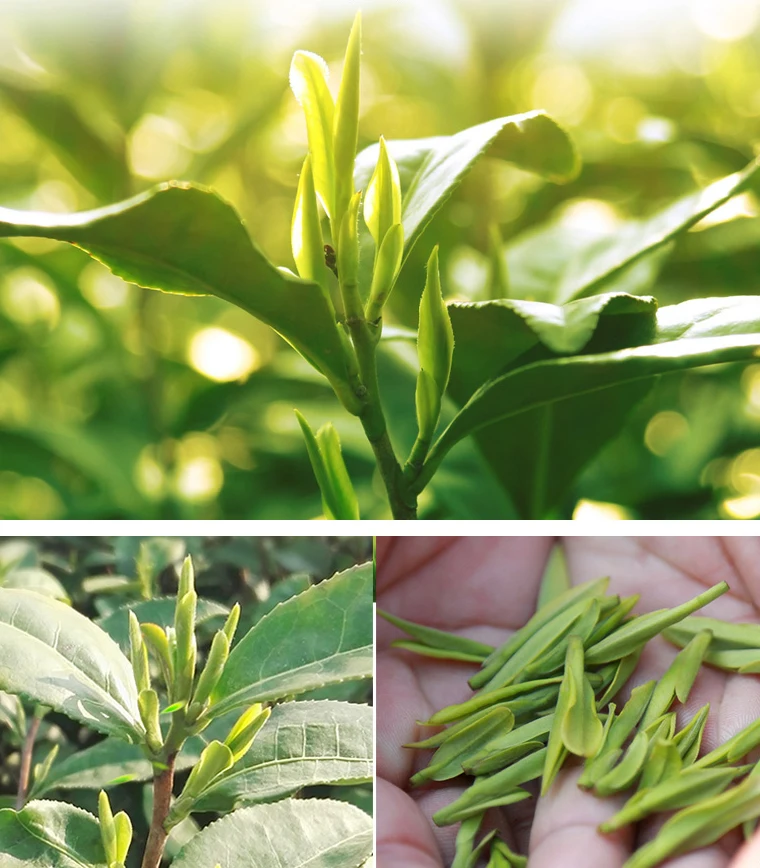
Multi-layer process quality assurance
Traditional hand-fried
Pick one bud and two leaves before Ming Dynasty
Fried with authentic craftsmanship,
Achieve: beautiful shape, amber green color, rich fragrance and sweet taste.
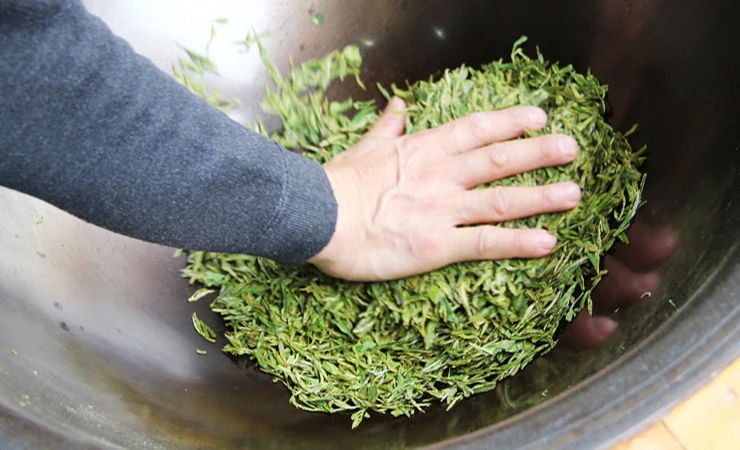
Process:
The manufacturing process of Longjing dragon well tea includes the following steps:
Plucking--Spreading-Fixation-Shaping-Pan firing--Screening-Packing
1: Collect Tea Leaves: Pick Longjing tea shoots on the selection of fresh leaves, thumb and forefinger pinch to break it off.
2: Withering: The fresh tea leaves are spread thinly to improve natural tea aroma, reduce bitterness and astringency, as well improve freshness of tea taste.
3: Fixation: It Mainly kills the activity of enzyme, emits moisture from tea leaves, preliminarily shapes and colors the tea, which lays a good foundation for stir roasting fixation.
4: Stir roasting fixations: Stir roasting fixation is the last step of stir frying Longjing tea. In order to make the surface of finished tea leaves flat,green, smooth and bright.
5: Finished Long Jing Tea: The appearance is flat, straight and even. The lingering tea fragrance is clear and fresh. After brewing, the tea buds become tender and uniform, with fresh taste, which is very refreshing.
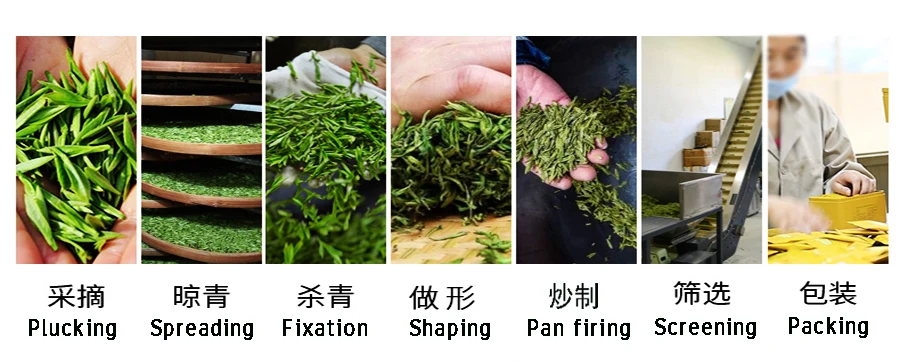
History:
According to historical records, Longjing tea became a tribute tea in the Northern Song Dynasty, and was even more valued in the Yuan Dynasty, and its quality has been continuously improved. When it developed to the Qing Dynasty, it became famous and received a lot of praise.
It is said that the origin of Longjing tea is due to the peach event held by the Queen Mother. At the Pantao meeting, a god who accidentally overturned the tea tray and dropped the tea cup into the world. Later, when the fairy went to the world to search for a teacup, he found that it had already turned into a well, nourishing more than a dozen tea trees, and these numbers were of outstanding quality under the irrigation of this well. This is today's Longjing tea tree. There is also a historical story about the origin of Longjing tea. According to legend, when the Emperor Qianlong visited Jiangnan Weifu, he saw a tea girl picking tea, so he participated. After returning to her residence, the Queen Mother always smelled a delicate fragrance, and asked about the fragrance of dried tea leaves. After drinking the brewed tea, the queen mother was refreshed, so Qianlong was overjoyed and sealed Longjing tea as imperial tea.
Although there are many cultural legends of Longjing tea, they are generally known for their high quality and good tea flavor.
After the founding of the PRC, Long Jing was divided into three categories: “Lion Peak”, “Mei Jia Wu”, and the premium “Xihu” Long Jing that we sell. In 1996 the West Lake village of Hangzhou City was recognized by the government as the hometown of Long Jing tea, and in recognition of the value and quality of this tea as well as the importance of the environment and culture to its production, the government also introduced special protections for the area to preserve its natural state and unique tea culture.

Health Benefits :
1. Produce body fluid to quench thirst and relieve fatigue(Chinese saying)
2. Anti-oxidant, anti-bacterial and anti-allergic effects
3. Both caffeine and theophylline in tea have diuretic effects
4. It can inhibit arteriosclerosis
5. Can lose weight and beautify the skin

Product recommendation

